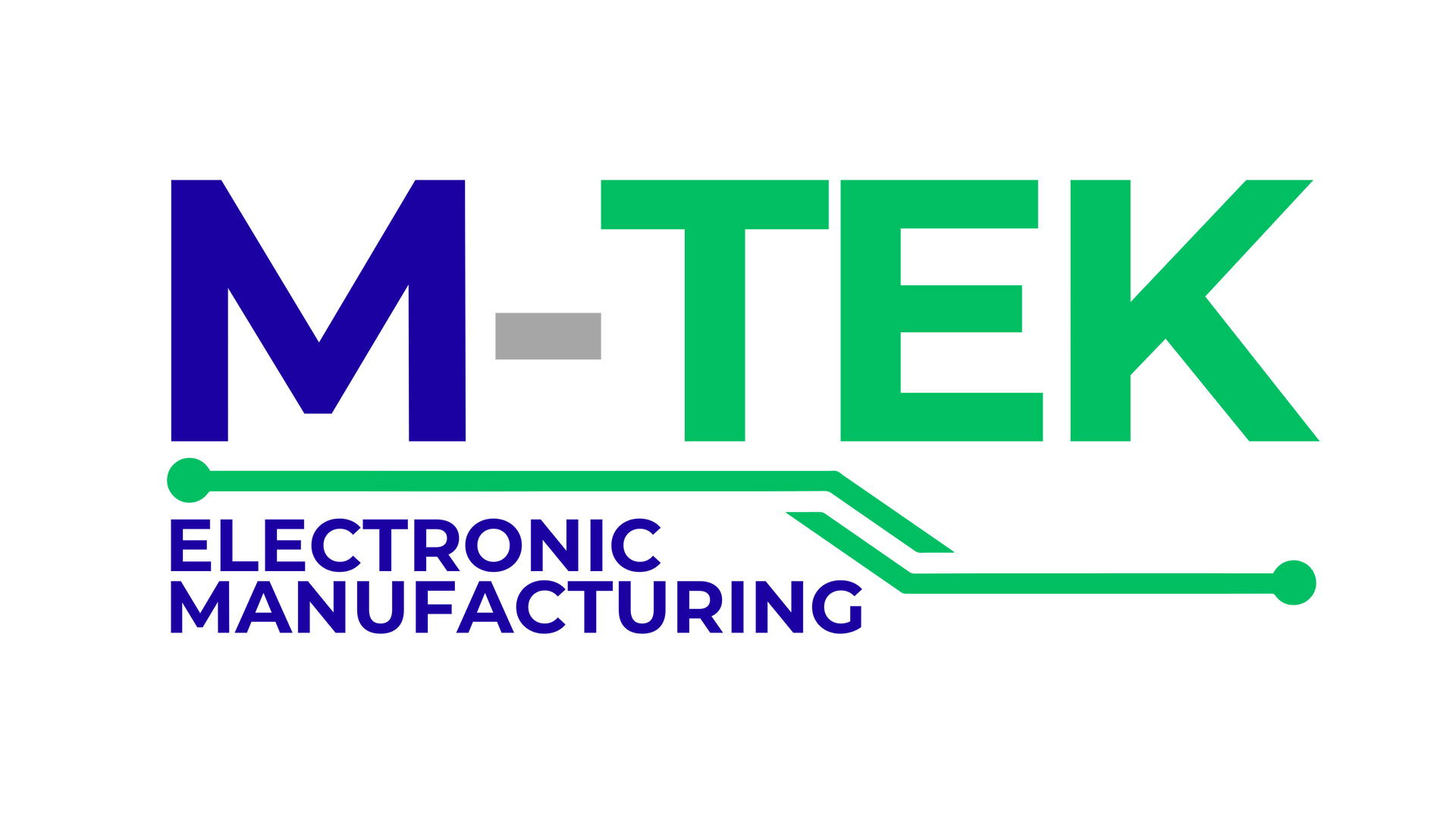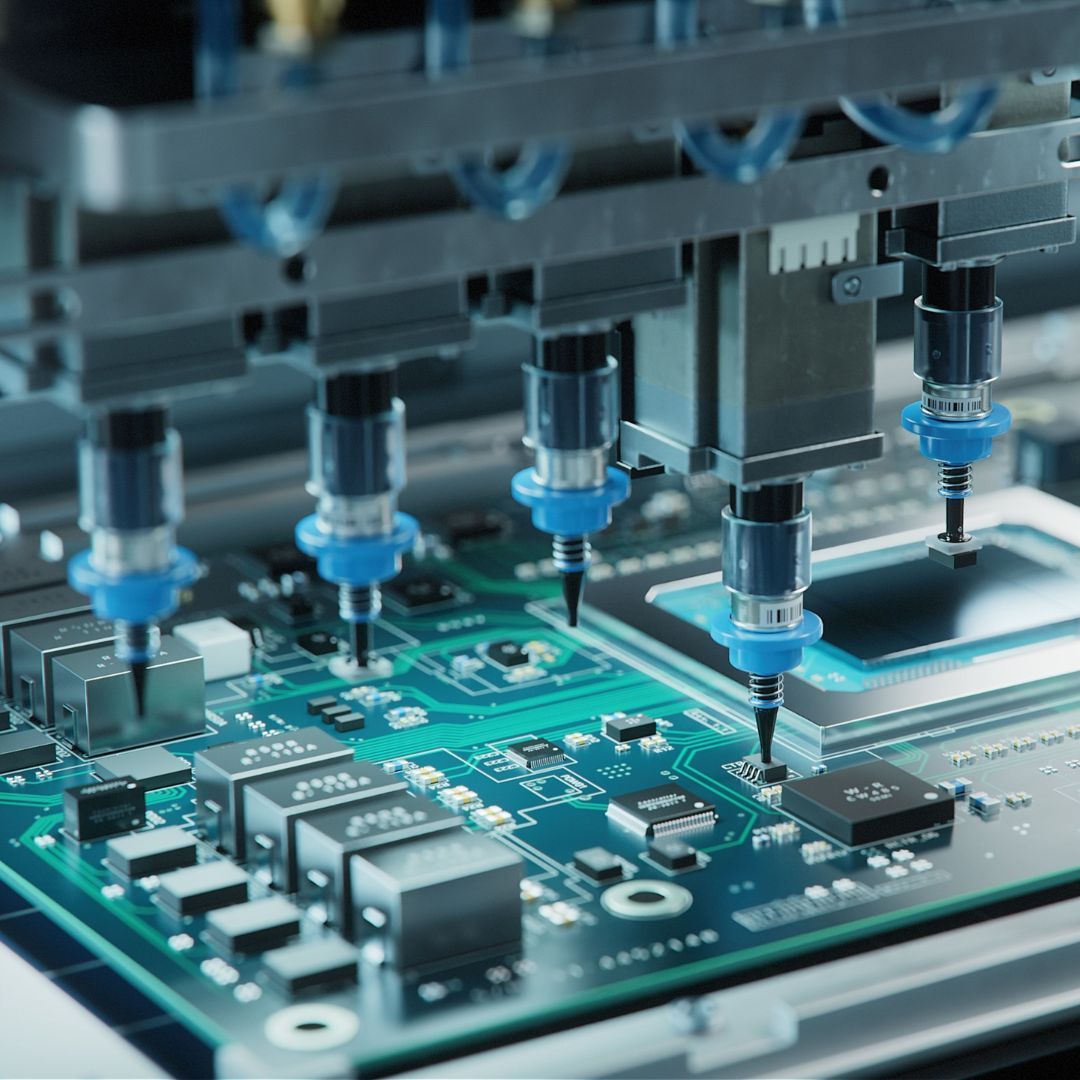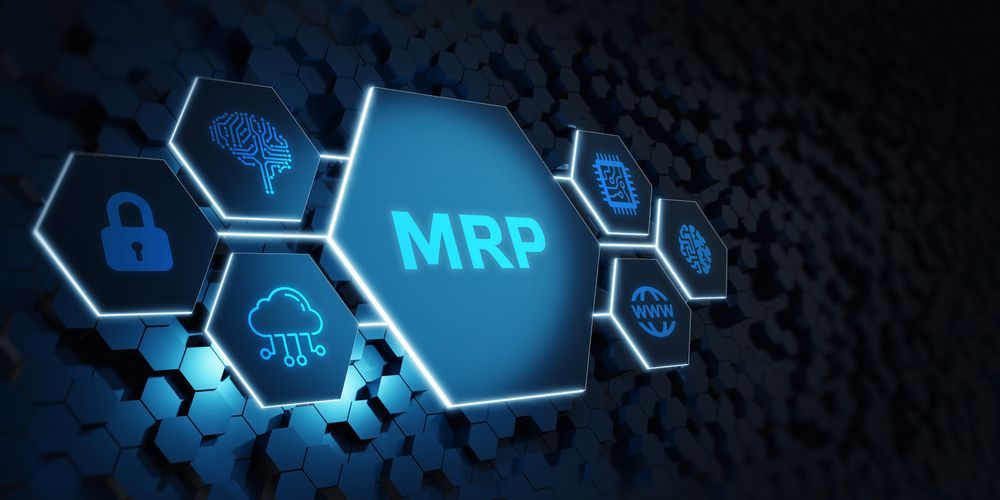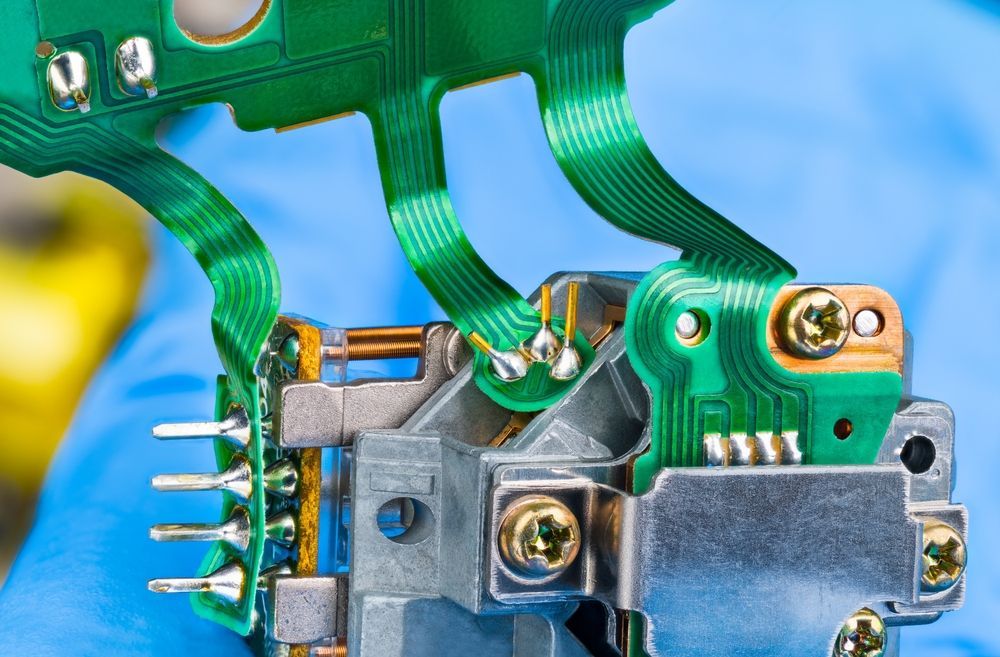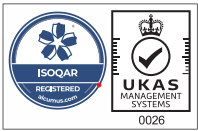What is a MRP?
A Material Requirements Planning (MRP) system is a production planning and decision-making tool that analyses current inventory levels versus the production capacity of the need to manufacture goods based on forecasts. MRP plans production according to bills of materials while minimising inventory. The method is computerised and examines requirements within a specific time frame.
What Features does an MRP System have?
- A master production schedule is a declaration of planning that includes orders, projections, and capacity.
- The bill of materials (BOM) lists all of the materials and components needed to create the final product.
- Stock records that allow gross requirements to be adjusted to net requirements are stored in an inventory status file.
How Does it Work?
The MRP system process is divided into four basic steps:
- Calculating demand and the materials needed to meet it The first step in the MRP process is to determine customer demand and the requirements necessary to meet it. MRP breaks down demand into specific raw materials and components by utilising the bill of materials, which is simply a list of raw materials, assemblies, and components required to manufacture an end product.
- Compare demand to inventory and allocate resources accordingly. This step involves comparing the demand to what you already have on hand. The MRP then allocates resources as required. In other words, the MRP allocates stock to the precise areas where it is required.
- Production planning. The following step is to simply calculate the amount of time and labour necessary to finish manufacturing. There is also a time limit.
- Keep an eye on things. The final step is simply to keep an eye on it for any problems. The MRP can automatically notify managers of any disruptions and even recommend contingency plans to meet build timelines.
MRP Systems in Manufacturing
MRP is critical to a manufacturing operation's effectiveness, efficiency, and, ultimately, revenue growth. Manufacturers can't attempt to keep pace with the growing demand for products at the best price and quality unless they have the right raw materials and components on hand. They will also be less capable of adjusting production in response to fluctuations in demand. MRP can also make later aspects of production, such as assembly and packaging, run smoothly and reliably by eliminating most of the uncertainty surrounding inventory and reducing the time necessary to handle it.
What are the Benefits of an MRP System?
There are many benefits to using an MRP system:
- Guaranteed availability of materials and components when required.
- Inventory levels and associated costs are reduced.
- Enhanced labour productivity.
- Customer lead times will be reduced.
- Manufacturing efficiency increases.
- Overall customer satisfaction will increase.
About M-Tek Assembly Ltd
At M-Tek Assembly Ltd, our MRP software system allows us to create packages tailored to your specific product needs, ranging from full procurement to free issue services. You can help save the environment by using M-Tek for your PCB service needs. We have achieved a net-zero carbon footprint by using electric vehicles, and for every circuit board we build, we plant a tree! Contact one of our SMT and PCB assembly experts today for assistance. Call us at 01189 455377 or follow us on Twitter to stay up to date on our services.
Recent Posts
Call Our Team
Want to find out more about our PCB assembly services? Speak to our team to find out how we can help you.
Join the Newsletter
We will get back to you as soon as possible
Please try again later
